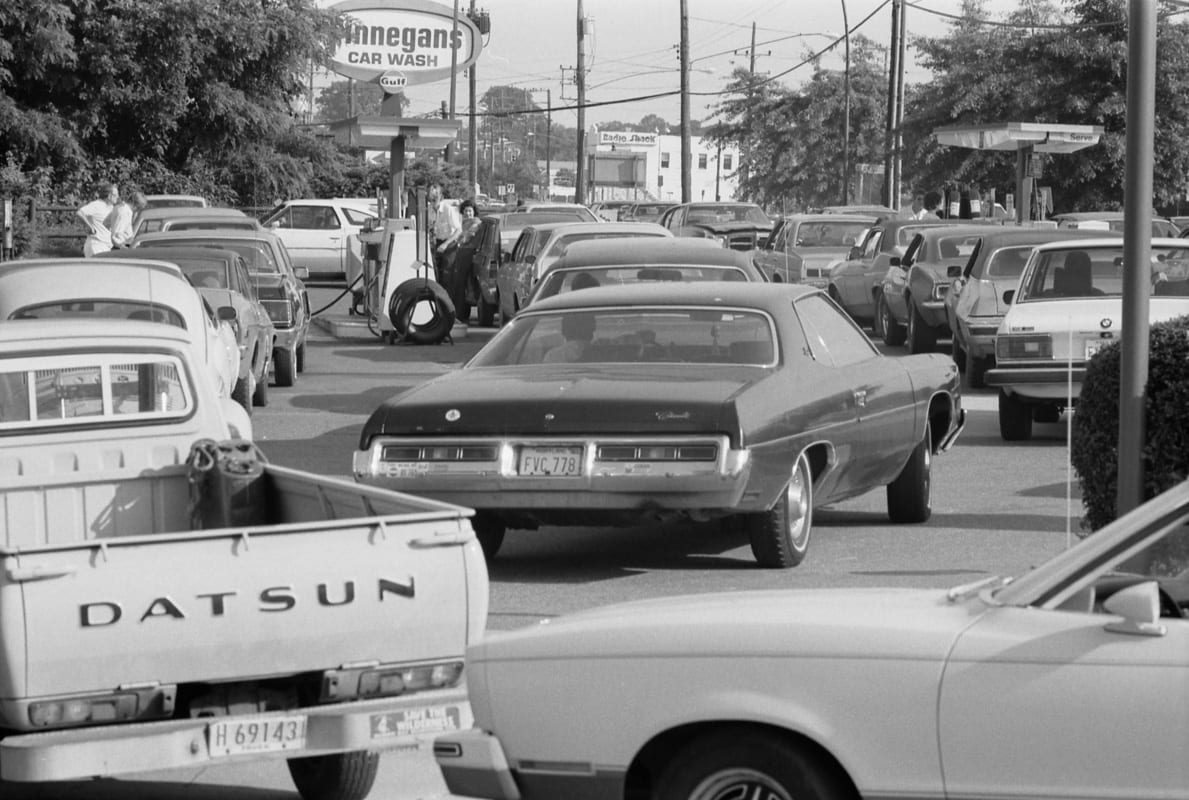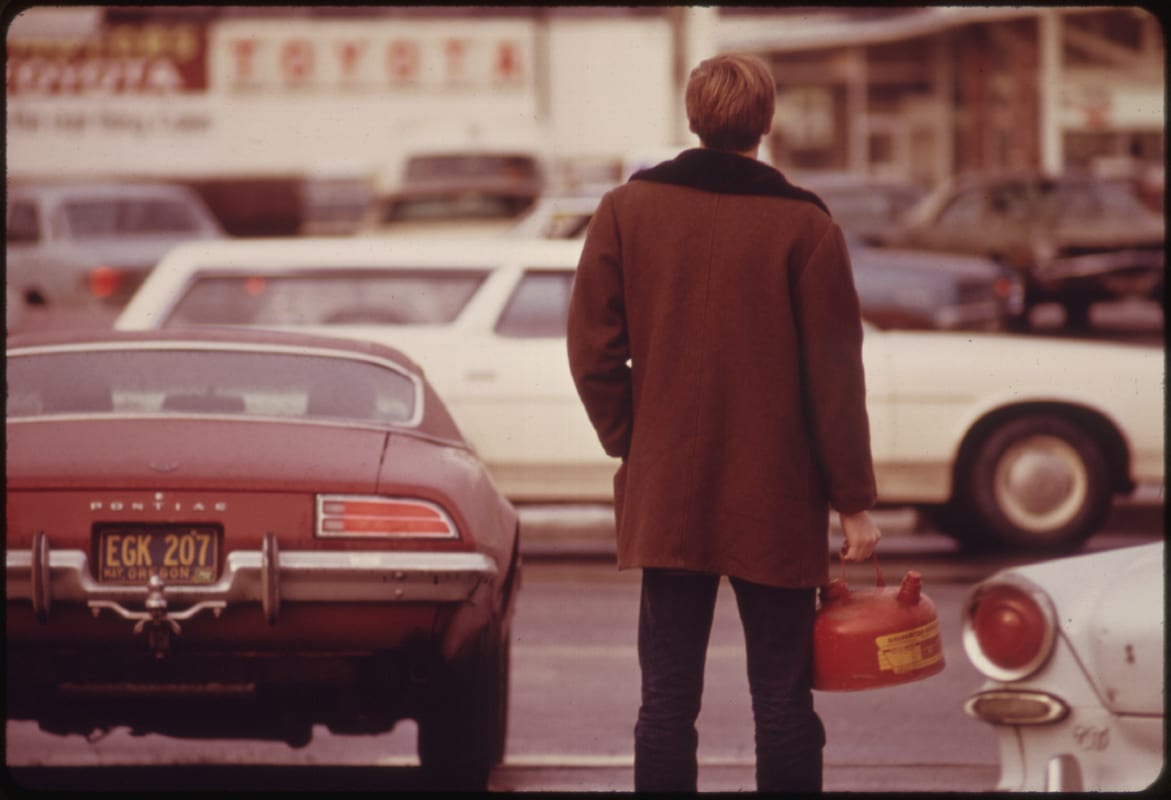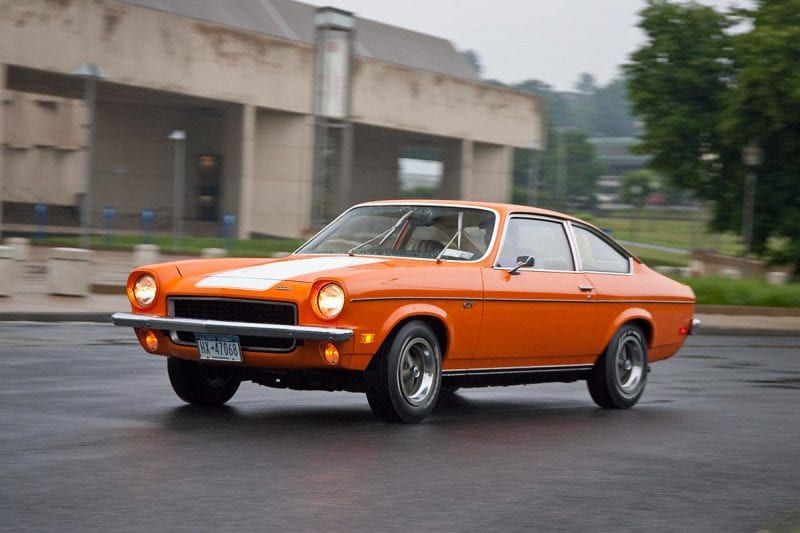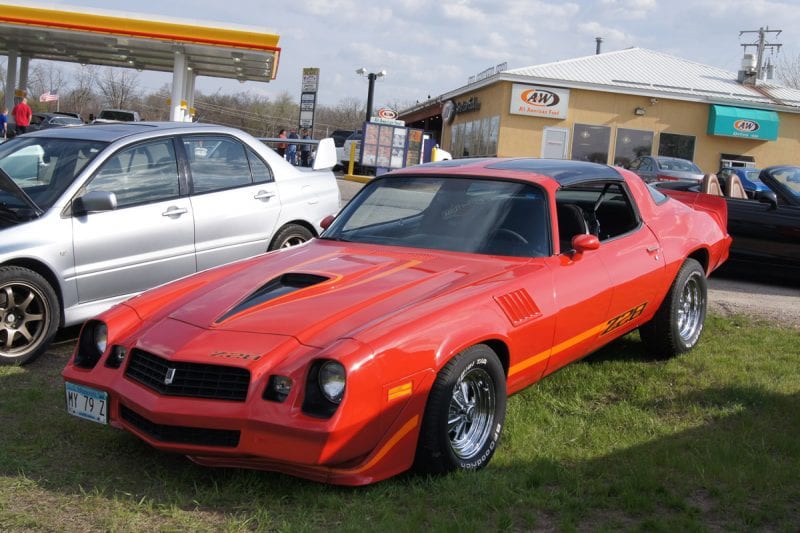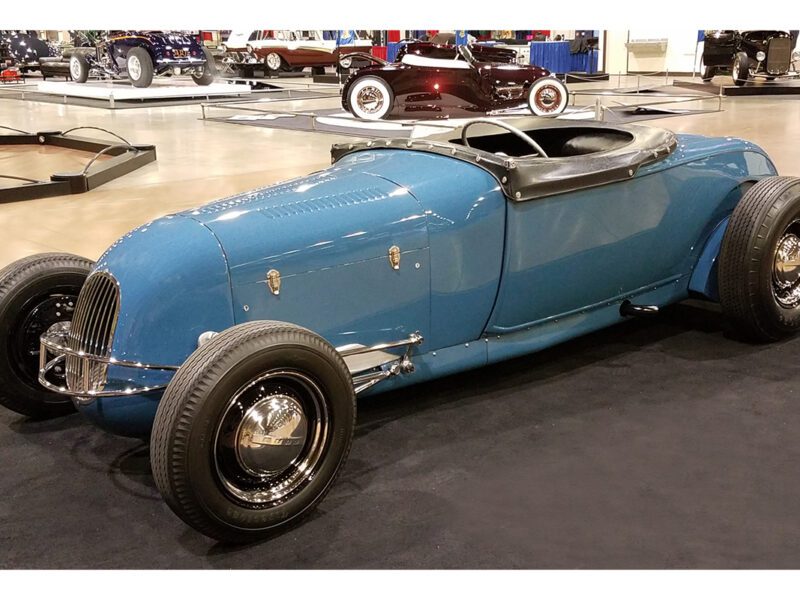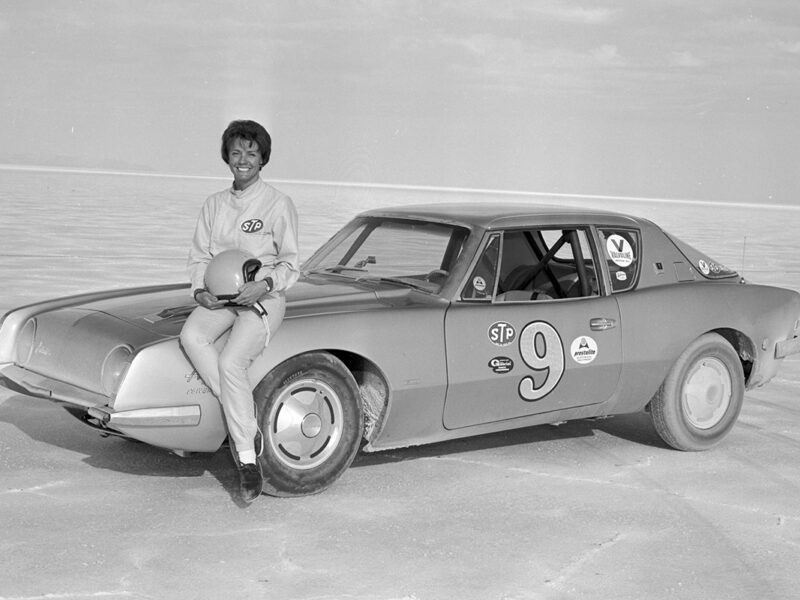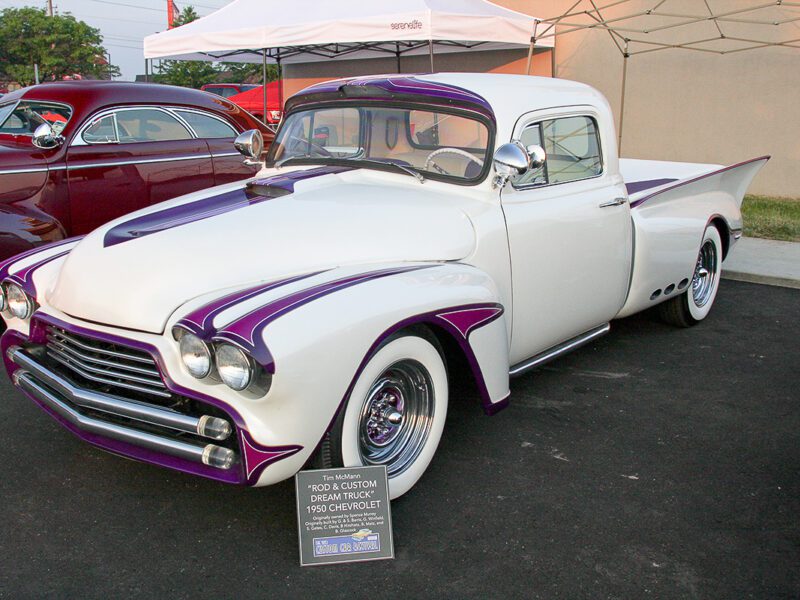The Malaise Era: Hoopties and Small Cars
All parties must come to an end, and for the horsepower party in America that was the very early ‘70s. Escalating insurance rates, an oil shortage, and a massive recession quickly became the “ugly lights” after last call. After a decade of unbridled fun and progress, the tide turned. Playtime was over and the Malaise Era began.

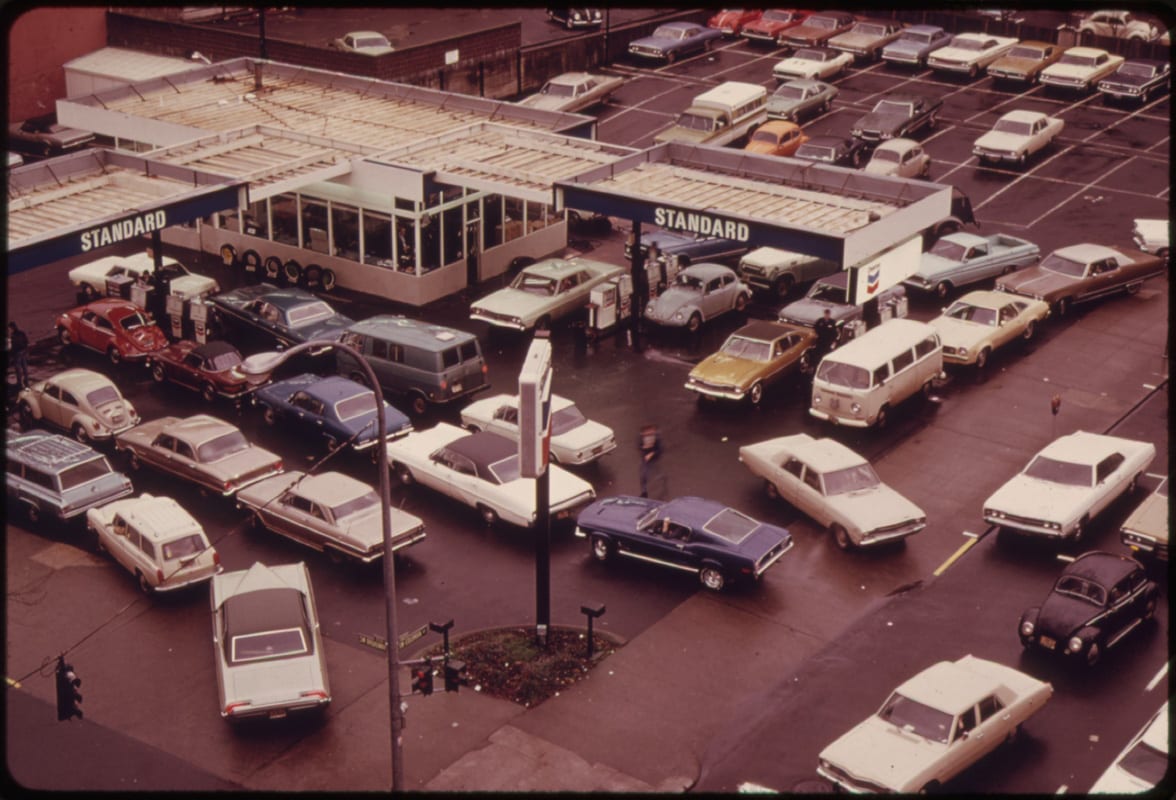
The government cracked down and gave American car manufacturers a laundry list of changes for both safety and economy. Clunky new mandated crash bumpers intrusively disrupted car design and an oil crisis in late ‘73 caused a recession that brought smog equipment and lower horsepower ratings. Let’s not talk about trying to creep along at 55 mph on a six-hour road trip.
With a seemingly endless supply of gasoline now pinched off, high prices and fuel rationing made a giant impact on the car-buying public. Thanks to the OPEC oil embargo of 1973 the price of oil skyrocketed from three dollars a barrel to twelve. Suddenly that dual-quad Hemi Charger with 4.11 gears was the most uncool thing to own in terms of practicality.
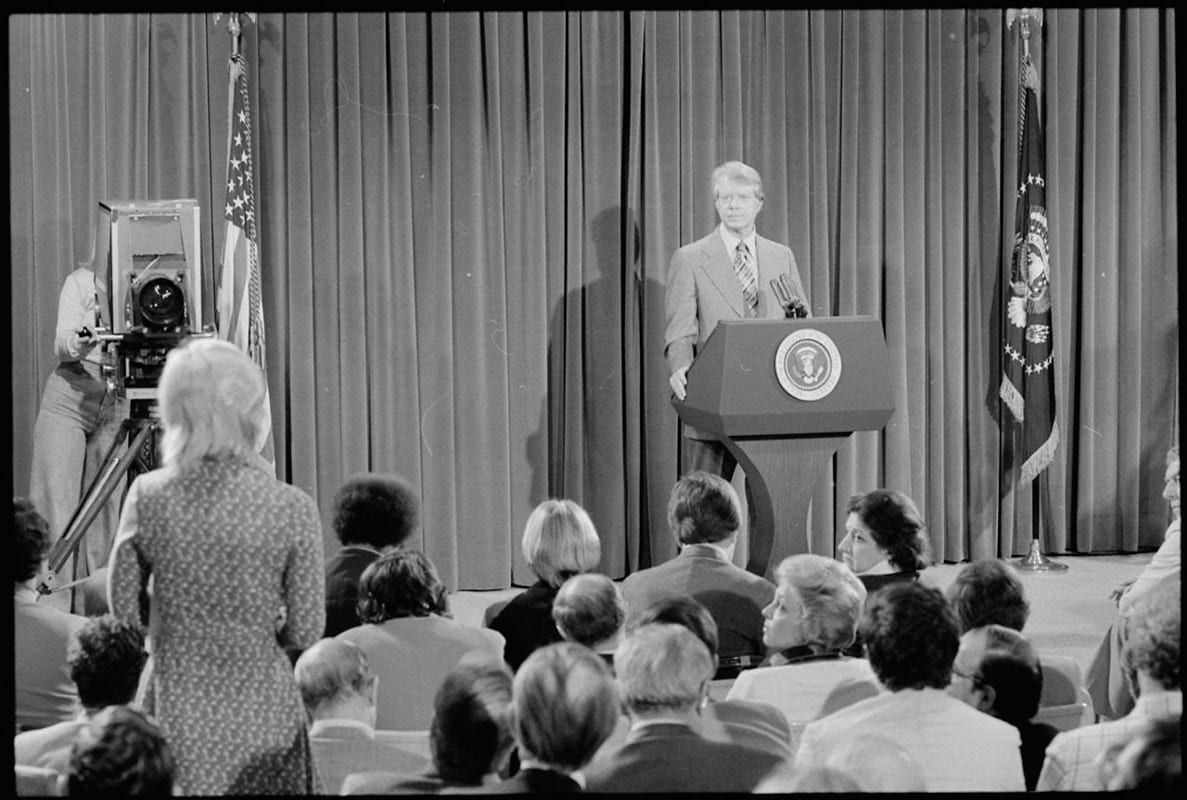
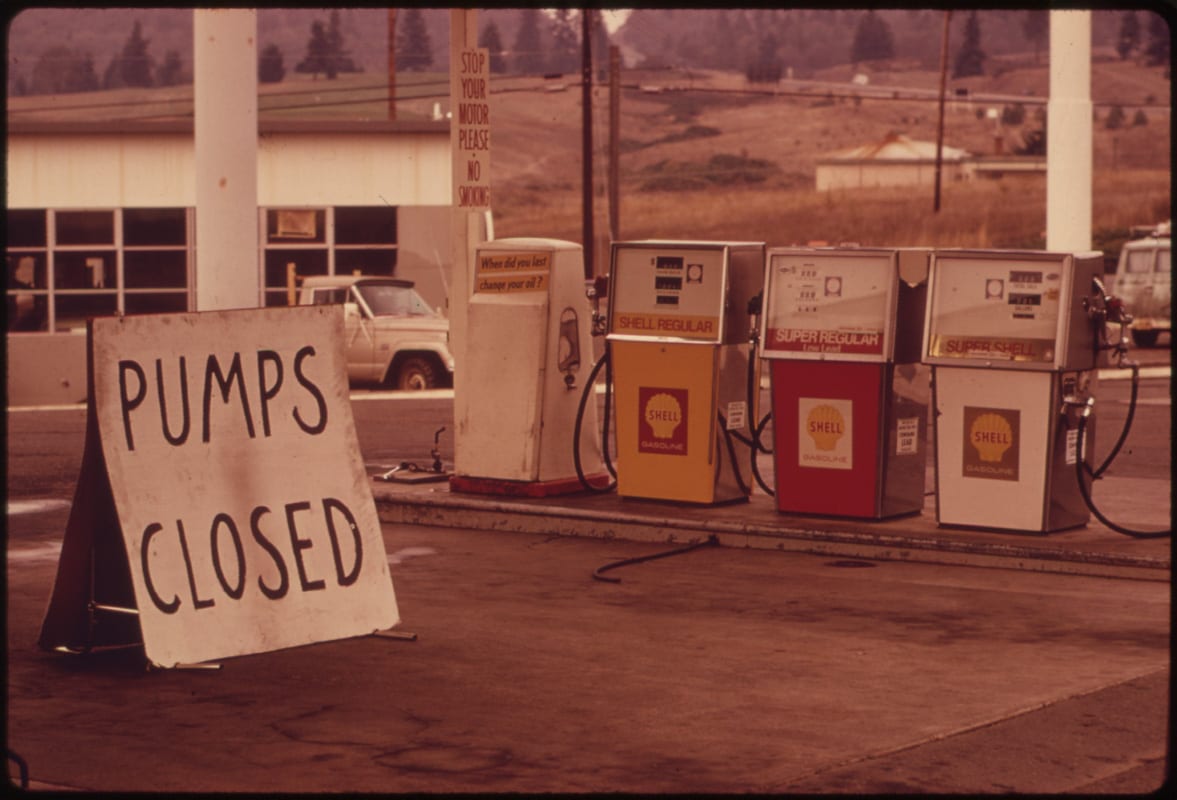
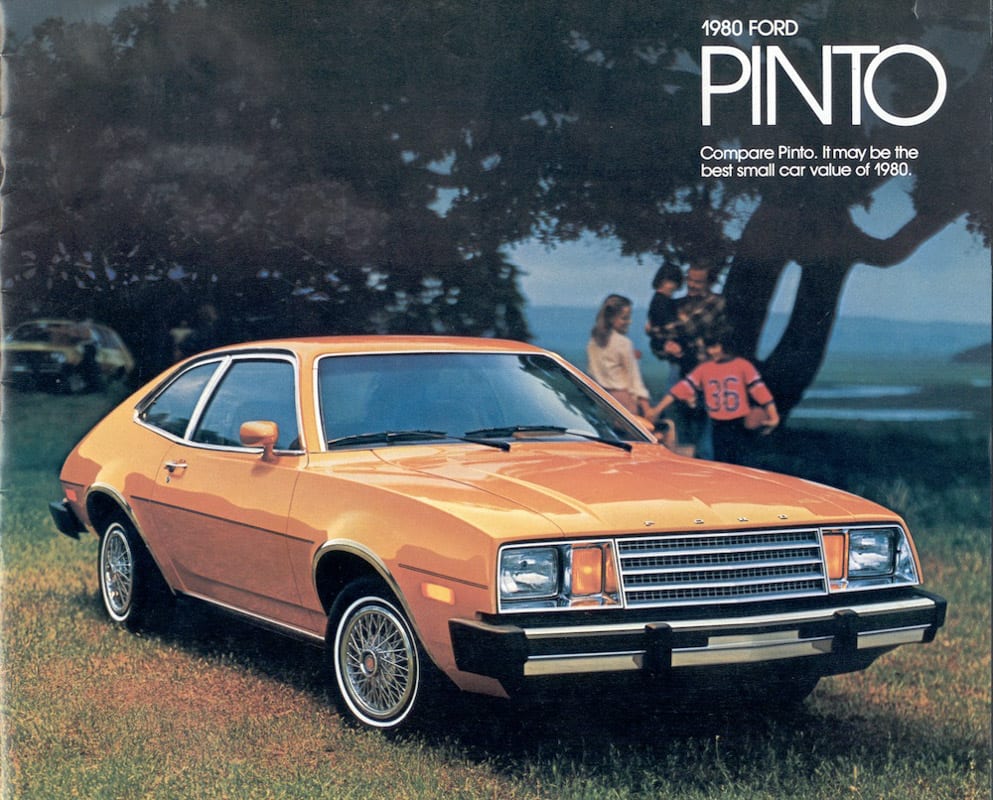
A second oil crisis in 1979 dealt another blow to the horsepower lover and inspired President Jimmy Carter’s “Crisis of Confidence” speech. To summarize, the administration felt America’s overconsumption was leading to an energy crisis, that our conspicuous consumption was irresponsible and now there was going to be a price to pay. The speech was often referred to as the “Malaise Speech,” though he never actually used the term.
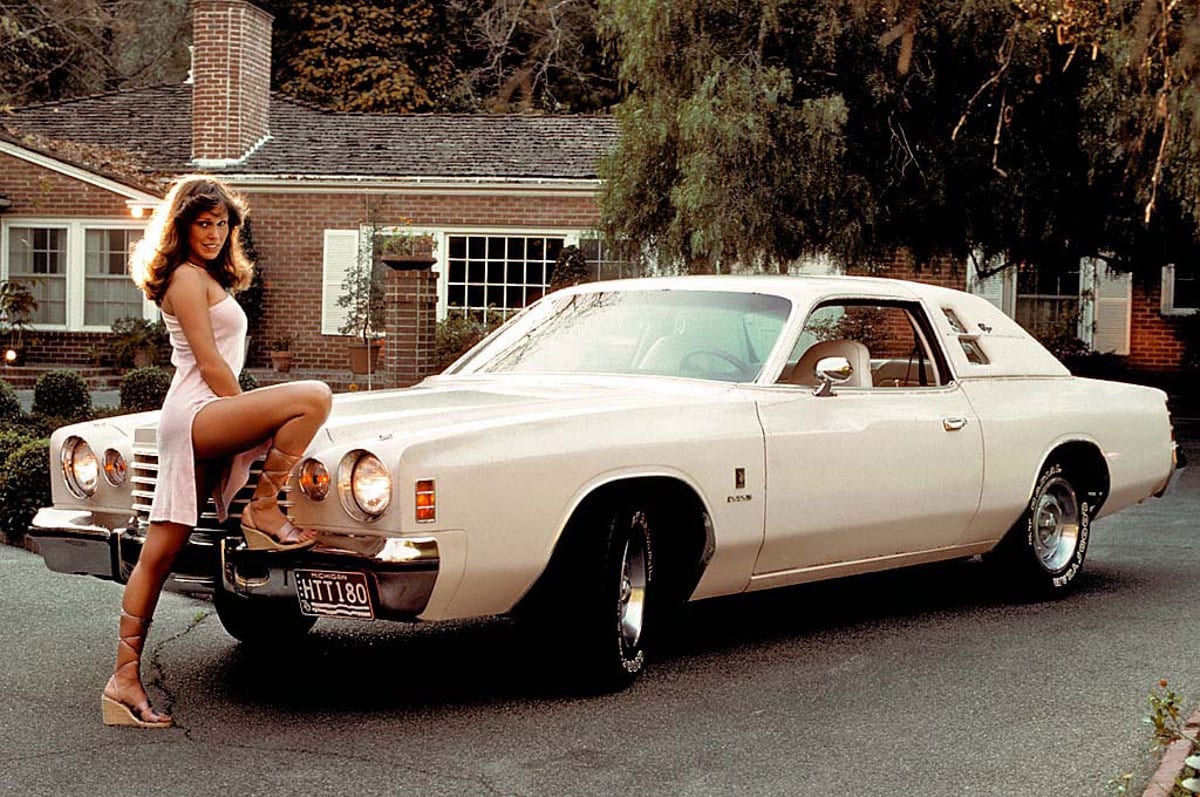
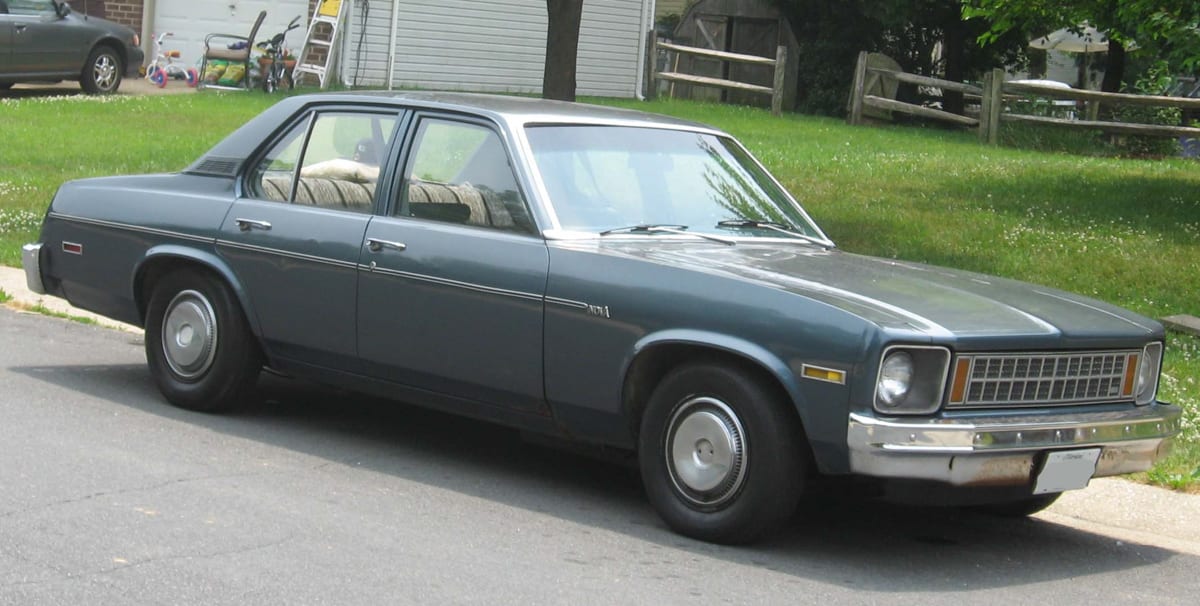
Now, Malaise is the French word for a feeling of general discomfort or overall feeling of not being healthy or happy. Being in a slump. And that’s exactly where America was as a culture, and the automobile was a reflection of that.
In automotive terms, the Malaise Era was coined in 2011 by then-Jalopnik writer Murilee Martin in an article about his family’s woebegone Ford Granada. He defined the era as spanning 1973 through 1983, as this was the timeframe most notably affected by the changes.
Let’s take it a step further and break that down into two parts. One for the residual hoopties that were modified to comply, and the latter as Americans acclimated to the fact that things were never going back to the old days, and their super-sized cars were done for. The second half is that of the small car.
The Malaise Era hit fast and American car manufacturers were not geared up to handle the change. Production lines and planned models were full steam ahead with big cars, and not easily re-routed. In America, bigger was better, and the cars had long been no exception.
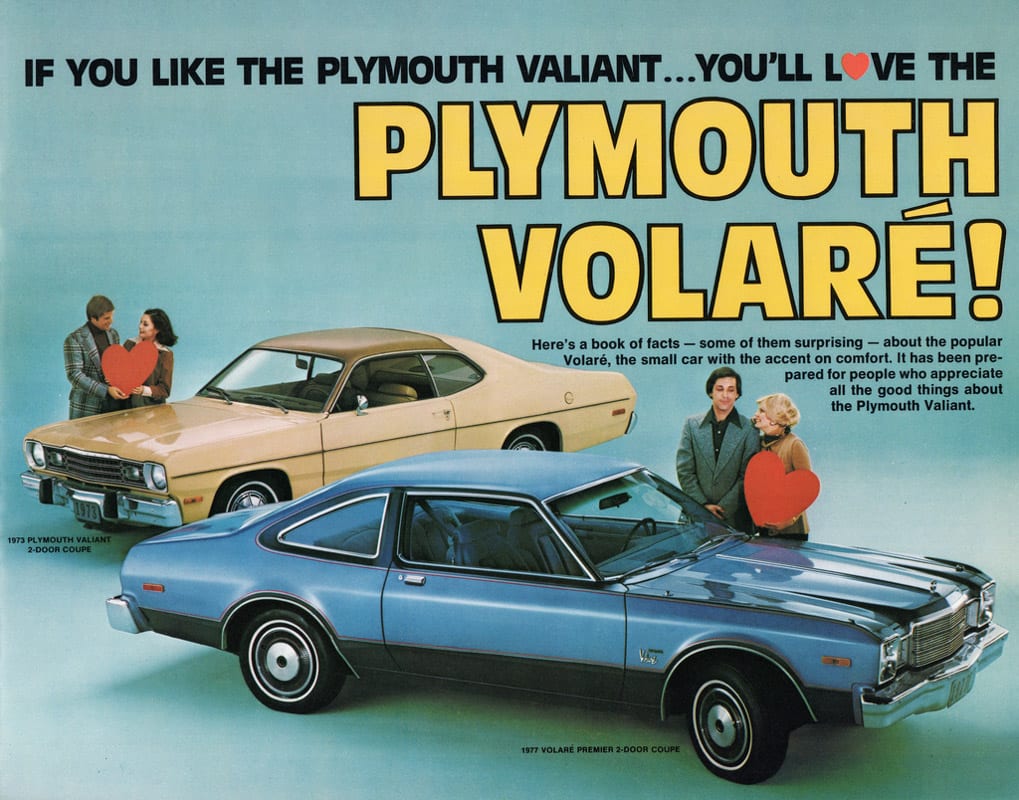
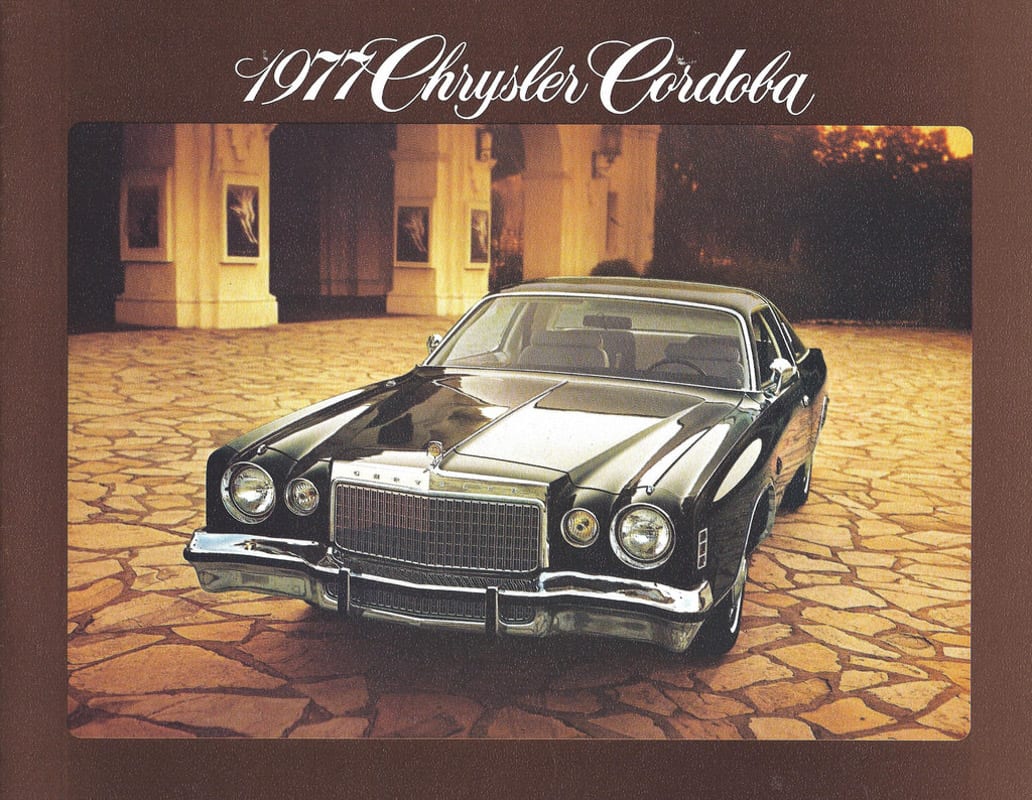
The compliant crash bumpers were hung on hold-over models, like Chrysler B-bodies, for 1973 and ‘74. Newly-designed body styles emerged from all the manufactures in the mid-70s, and with the government crackdown on power ratings, they became “Performance Pretenders,” as a Popular Mechanics article called them. Legendary performance giants like Roadrunners, GTOs, and Super Sports were reduced to decal and decor packages.
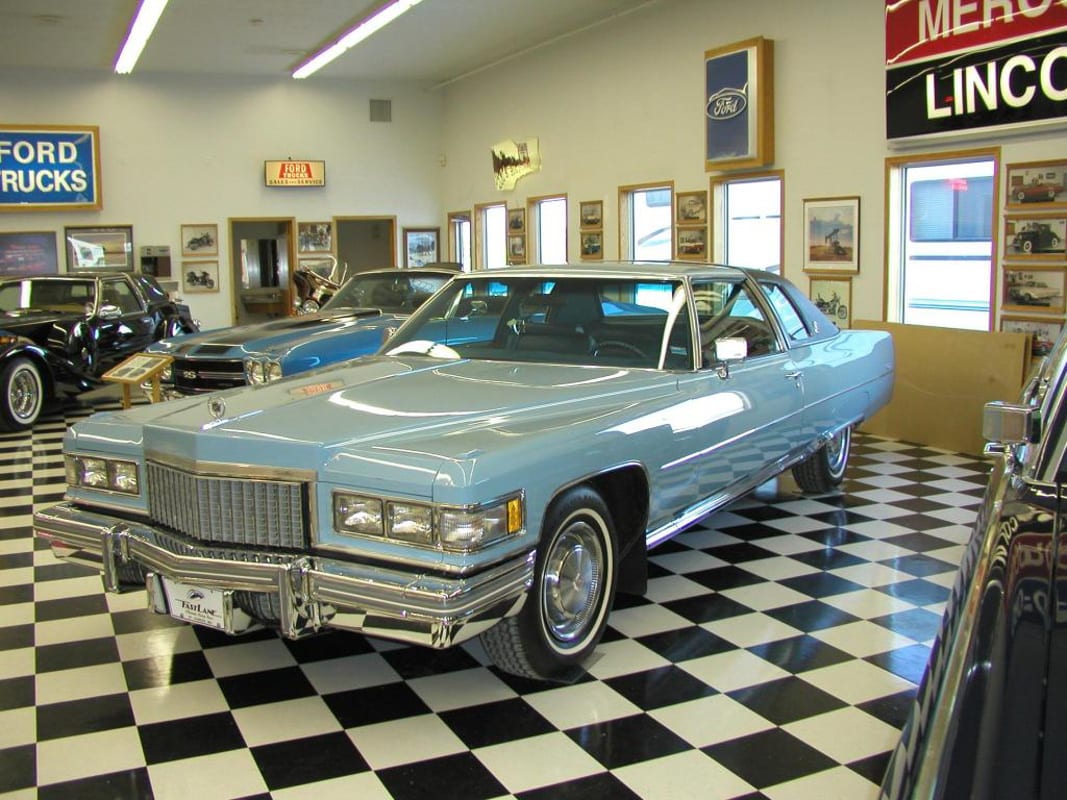
Despite the smog restrictions, big car engine displacement reached dizzying heights as Cadillac hit 472 and then peaked at 500ci in the 1975 DeVilles and Fleetwoods. Lincoln was right behind them and kept a 460 as standard equipment through 1979 for bragging rights. Sadly, horsepower ratings for these massive giants were usually under 200hp!
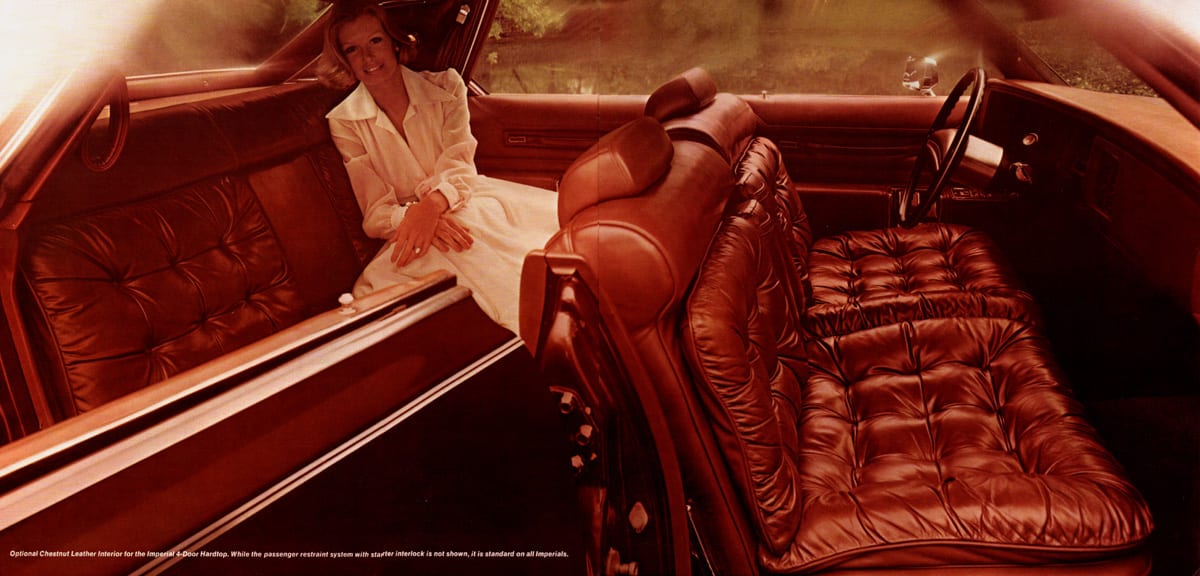
The first half, or the “Hooptie Era,” pushed comfort and plushness instead of power and performance. Couch-like seats and whiz bang gadgetry distracted buyers from the lukewarm iron under the hood.
While Americans came to terms with the impracticality of their beloved big cars, there was a flood of smaller import cars coming from overseas. These lighter cars buzzed in and out of gridlock like bees and used very little gas. America fought back during the Hoopty Era with “compact” cars like Novas and Mavericks, and “sub compact” cars like Pintos and Vegas, but it was no use. While cool looking, and domestic, they were still much heavier and less efficient than their cheaper, uni-bodied, front wheel drive competition.
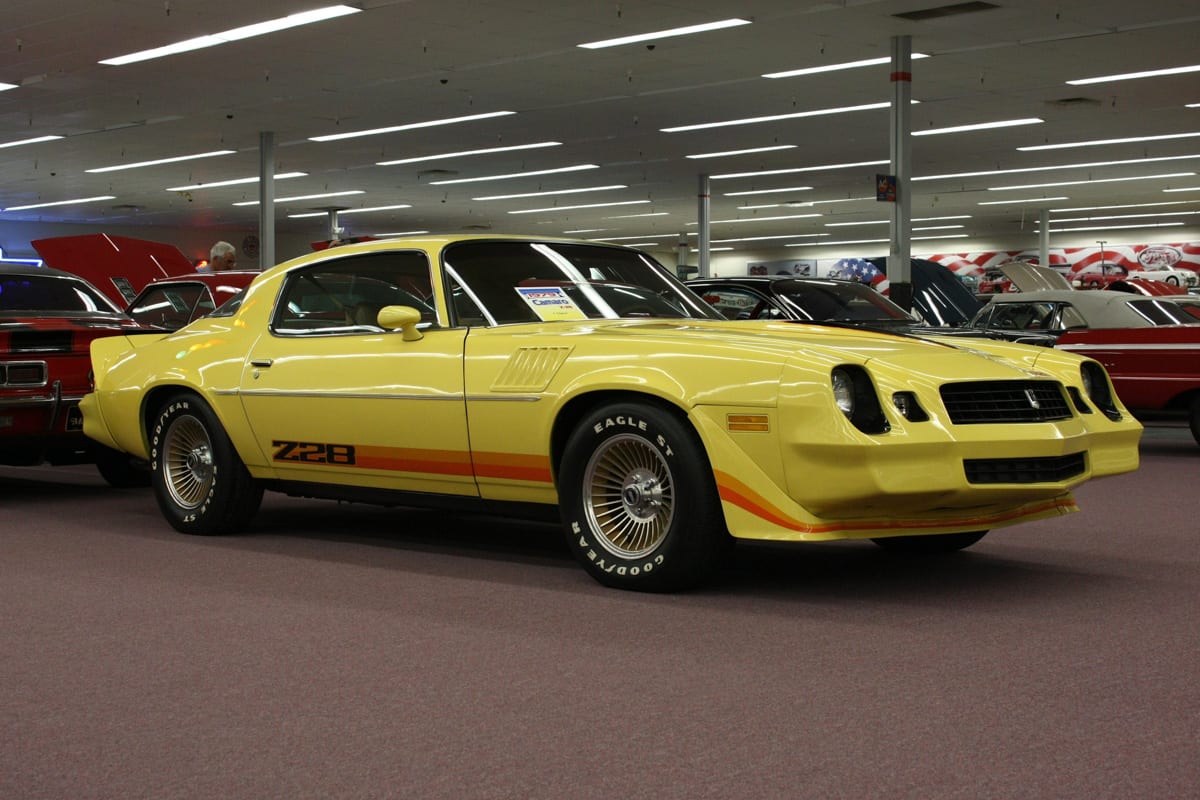
The 1979 energy crisis and the few years leading up to it brought us into the “Econobox Era” of the Malaise Era. Now up to speed with the import invasion, American car makers downsized their entire product lines. Cars like the Chevette, Ford Fiesta, and Dodge Colt sipped gas and rusted on the lot. Even the mighty Cadillac was brought to its knees with the Cimarron in 1982, with the first four-cylinder engine since 1914, and the first under two liters of displacement since 1908. Surely the end was near. There is a popular quip about ‘rather drive a slow car fast than a fast car slow,’ but America truly didn’t have a choice.
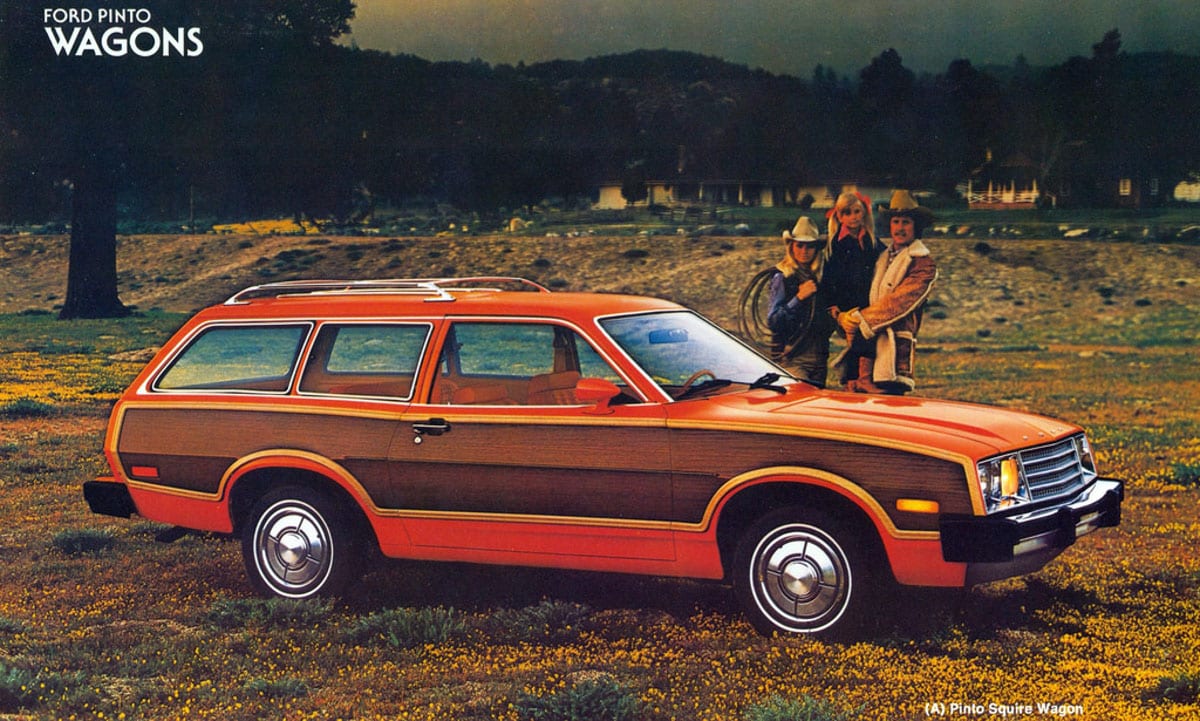
All was not lost, however. The Malaise Era did turn out some pretty iconic cars and forced the manufacturers to get creative. Buick and Pontiac played with turbos and Burt Reynolds single-handedly sold a generation of Trans Ams with birds on the hoods. Drag racers stuffed big engines into small cars and scared themselves silly. The “stinkbug stance” of the new-found tire technology in drag racing lit off imitation on the street with shackles and air shocks, and the corner-carving racers of IMSA and Trans-Am got people thinking about handling.

By the end of the Malaise Era Americans were asking about performance again, albeit scaled down, as the Asian pocket rockets and German-engineered “driving machines” brought “spirited driving” back into the limelight. By the mid-1980s there were new Mustangs with V8s and NASCAR-inspired Monte Carlos and the horsepower race was back on… but that’s another article.
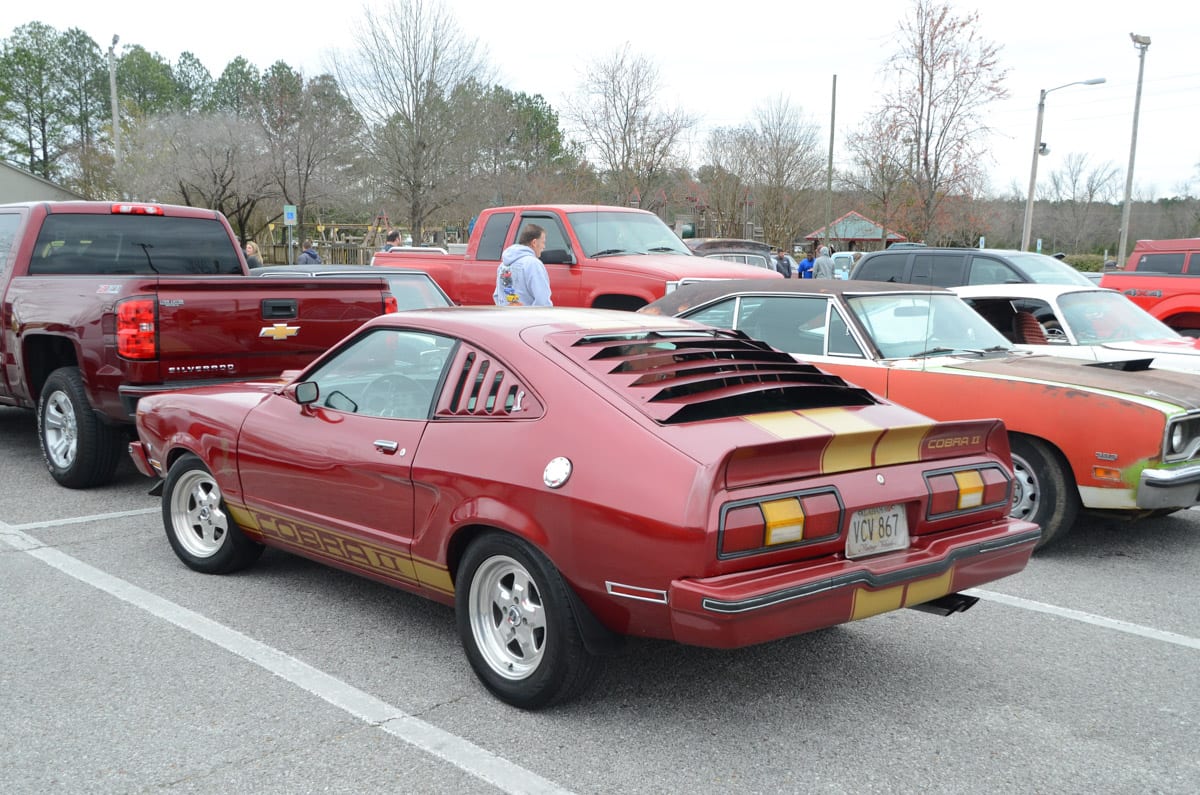
For now, we celebrate the Malaise Era, and with the softening of time, can look back at those cars with a nostalgic eye. Like it or not, they were part of life and the seat of many fond memories.
Also with time, their availability and un-collectibility make them excellent bases for those wanting to modify a car and play hot rodder. The younger generation didn’t have to downgrade from a Hemi to a 2bbl 318 – it’s all they know. There was no sense of loss.
What goes up comes down, but what goes down… also, comes up. Think about that when shopping for your next project.
